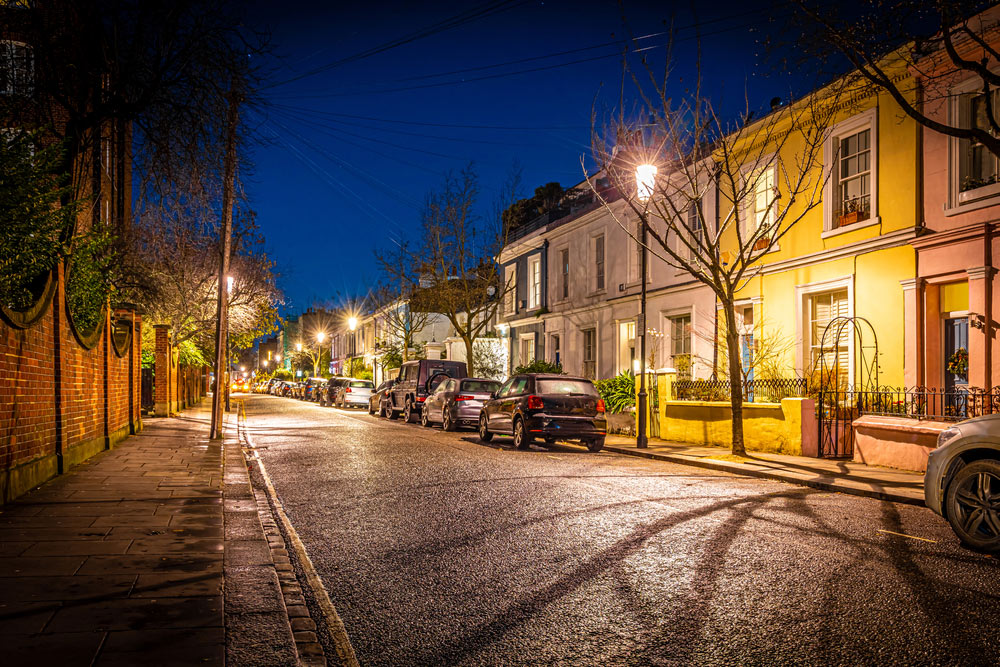Guide to ‘Use Classes Order’ in 2020
The national framework of ‘Use Classes’ regulates the way in which occupants can utilise a particular property. It was embodied in the Town and Country Planning (Use Classes) Order (1987).
They encompass the building itself, but also the area of land around it when used for a single purpose by the occupant.
Aims and application of Use Classes
The Use Classes framework helps businesses and individuals to understand the permitted activities within a rented or owned property or new build scheme. This is laid out In Classes A to D – listed below. These are further broken down, to guide occupants on more specific permissions and categorisation. For instance, Use Class A1 is a general shop, but you would need Use Class A5 if you were serving hot food in a takeaway service.
When applying for planning permission, Local Authorities carefully consider the Use. It is part of their remit to keep a proper balance between residential and business properties, but also maintaining a mixed economy. For example, they can restrict too many off licence premises in a small area or industrial units detrimental to a community environment.
The planning authority regulates ‘permitted change of use’ too.
Not all types of business operations have been designated a Use Class, including theatres, petrol stations, betting shops and night clubs. They do not fit into any of the designated categories and are referred to as sui generis.
Use Classes Overview
The general framework is:
Class A – Retailing
A1 – Most retail operations (with some sui generis exceptions), selling goods, such as Post Offices, ticket agencies and florists – or services such as Hairdressers and Funeral Directors.
A2 – Business and professional services sold to the public. It does not include health service business use.
A3 – When the sole use is selling hot food and beverages to be consumed on and off-site. So, cafes and restaurants.
A4 – Drinking establishments like pubs and wine bars.
A5 – Hot food sold to be consumed off-premises.
Class B – Industrial
B1(a) – Offices not covered by A2, such as business advisors.
B1(b) – Properties with research and development functions
B1(c) – Industrial processes that can be safely delivered without affecting the local community.
B2 – General industrial operations
B8 – Distribution and storage centres.
Class C – Residential properties, including hotels and hostels
C1 – Hotel, guest house or other commercial accommodation with no care provision.
C2 – Residential operations with a care element, such as boarding schools, nursing homes and hospitals.
C3 – A ‘dwelling house’, but is further broken down according to amendments to the legislation in 2010, largely focusing on a number of occupants. Checking the updated classification system is vital.
Class D – Non-residential properties
D1 – Public services not covered by Class A, including use for education, health services, and children’s daycare, as well as museums and libraries for example.
D2 – Entertainment and leisure use of premises. For instance, swimming pools and gyms, cinemas and concert venues.
Help in understanding Use Classes
As the boundaries can have different interpretations, seeking professional advice on Use Classes is recommended. Not least many contemporary enterprises are sui generis.






